At some point in weightlifting, you might reach a point where your grip is slipping on the bar, or you need extra support in your squat and deadlift. While you could do multiple core, back, and grip exercises, you can also purchase tools and equipment to help continue your strength-gain journey—and potentially thwart any serious plateaus.
At the same time, these pieces of equipment are no substitute for those isolation exercises involving your grip, core, and back; You’ll definitely want to work on these in your regular routine. Yet, while you do that, you can also use these three tools to continue to bust out some seriously heavy squats, deadlifts, and more. (Plus, all the serious weightlifters out there tend to use these at some point!)
WEIGHTLIFTING BELT
Squatting and deadlifting heavy weights can place significant stress on your lower back and spine. This is why learning proper bracing techniques is key before substantially increasing your weight. Weightlifting belts can also help you learn to brace properly, offering you something to actually brace against. It also prevents hyperextension of the spine, which can lead to serious pain and injury. In turn, your technique may improve, helping you lift much heavier weights.
There are many different types of weightlifting belts on the market. For instance, there are velcros versions, which can be easier to take on and off.
Ideally, the belt should be worn relatively tight to boost its effectiveness. Start by placing the belt around your waist. It should sit right above your hip bones. Inhale, then tighten the belt, making sure your breath is actually expanding into the belt.
WRIST WRAPS
Wrist wraps help support and stabilize the wrist, especially when lifting large loads. This can avoid wrist strain and also help prevent grip slippage. Like any piece of equipment, it’s essential to avoid overuse of these since we don’t want them to become a “must-have” (more on this below).
Wrist wraps, like lifting gloves or gymnastics grips, are sold in pairs. And looking at them, you might wonder how exactly to use them.
For Velcro Wrist Wraps: Start by placing your thumb through the thumb loop so that the strap lays on the inner part of your wrist. Wrap the fabric around your wrist. Again, there are many different brands and types of wrist wraps; Do your research to determine what is best for you and your unique situation.
For Cloth Wrist Wraps: Place one end of the wrist wrap on your wrist. Wrap the fabric multiple times around your wrist until tight. Then wrap the attached string around your wrist. Loop the string through itself to secure in place.
LIFTING STRAPS
Lifting straps are particularly good for deadlifting and similar exercises. They can ensure your grip doesn’t slip when lifting those larger weights. In other words, they can help with your wrist strength isn’t up to par with the strength of your bigger muscles, like your hamstrings and glutes.
Getting these on correctly might actually take a few tries and a few gym sessions to really nail this routine down. Start by putting the strap through the loop on one end. Put your hand through the bigger loop just created and ensure the hang down toward your fingers. Wrap the end of the strap around your bar as many times as necessary. You may even want to do a figure-eight style wrap to really secure it, but this is entirely up to you! Then, place your hand over the strap; You’re ready to lift!
DETERMINING WHEN YOU NEED 'EM
The key to using the above is ensuring they don’t become a crutch. Thus, it may be best to use them for maximal heavy lifts. In other words, during your warm-up, you might not need them. Basically, we don’t want to rely on wrist wraps, belts, or lifting straps to perform a basic lift at a moderate weight. This can actually lead to muscular and strength imbalances, which, let’s be honest, with weightlifting, we are probably trying to avoid.
For wrist wraps, these may be required when you’re coming back after an injury or notice sore wrists after your workout. They may also be used, again, for heavier weights, providing assistance when needed. Wearing a belt can be considered when your weight gets up to a substantial amount. However, beginners may also benefit from its use when learning how to brace properly. Lifting straps are a favourite go-to of many lifters when their weight becomes too heavy for their grip, but they still want to up their weight to work bigger muscles.
Lastly, if you’re new to lifting (or even just want to refine your technique), working with a personal trainer can help you do so. They can act as a spotter and help you recognize weaknesses in your technique—and then guide you on fixing them! So, which of the above will you be adding to your already existing weightlifting routine?
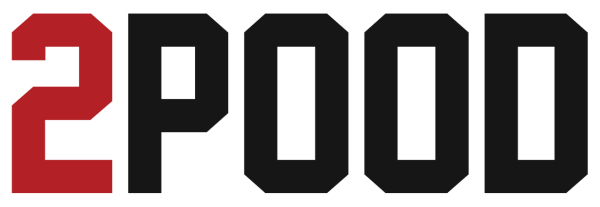
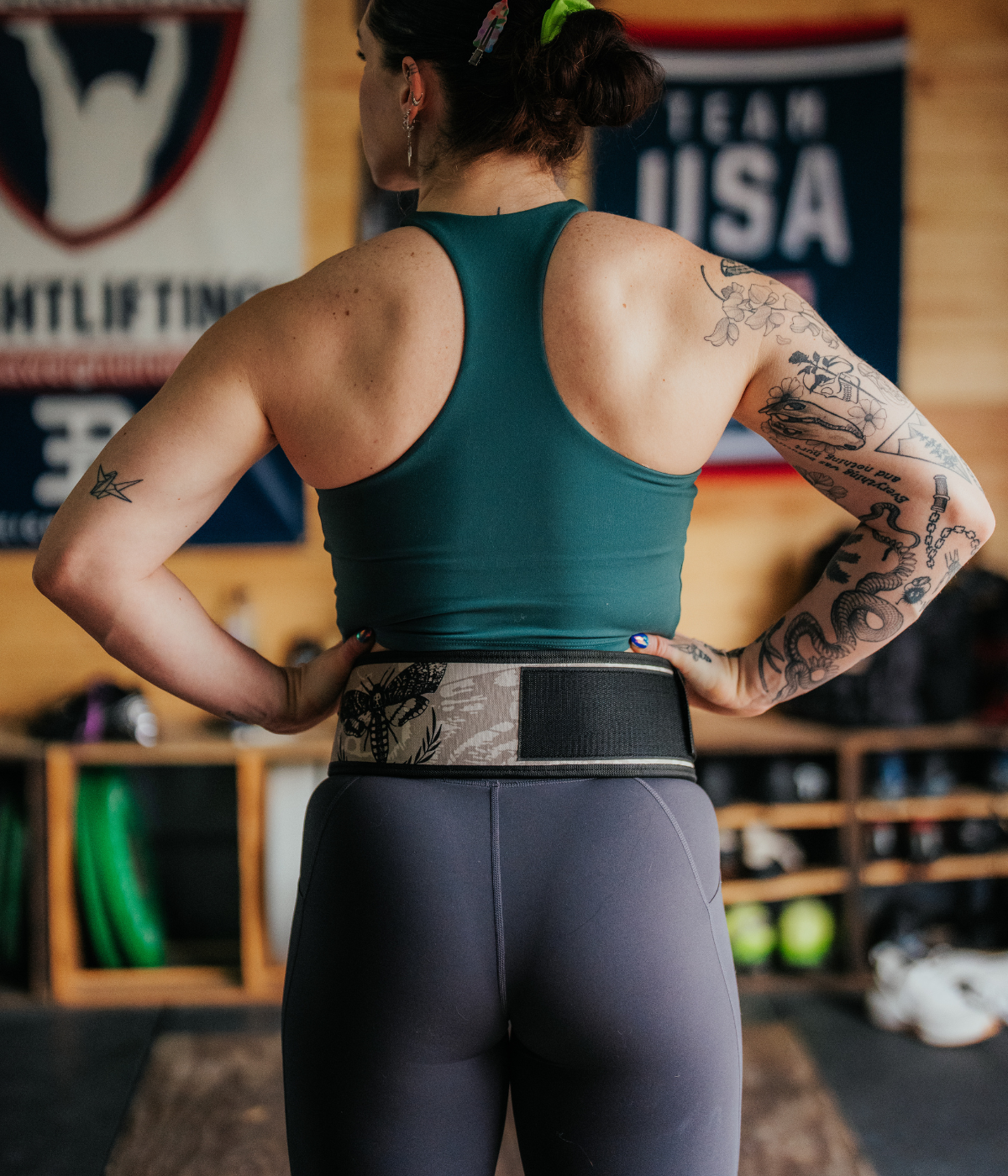
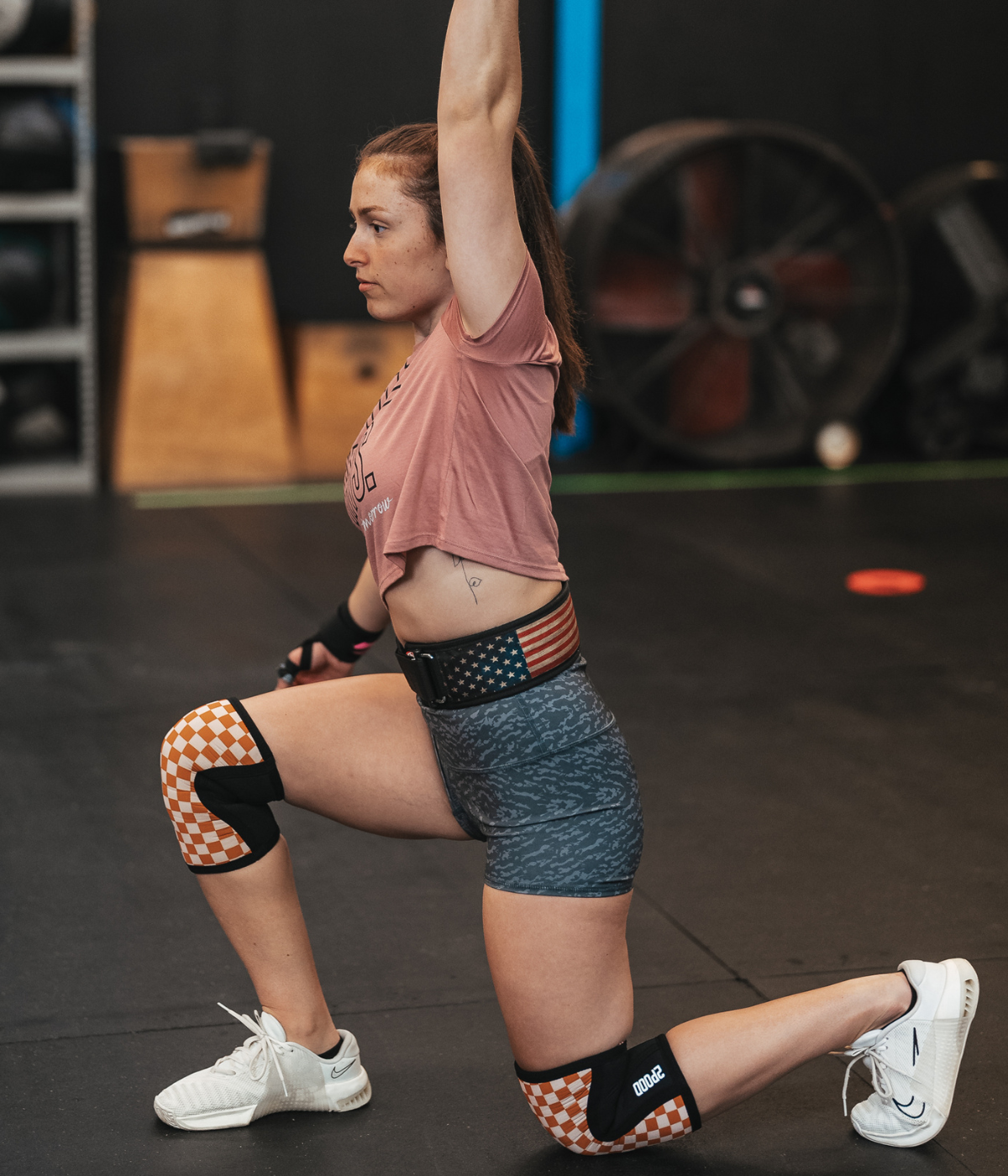

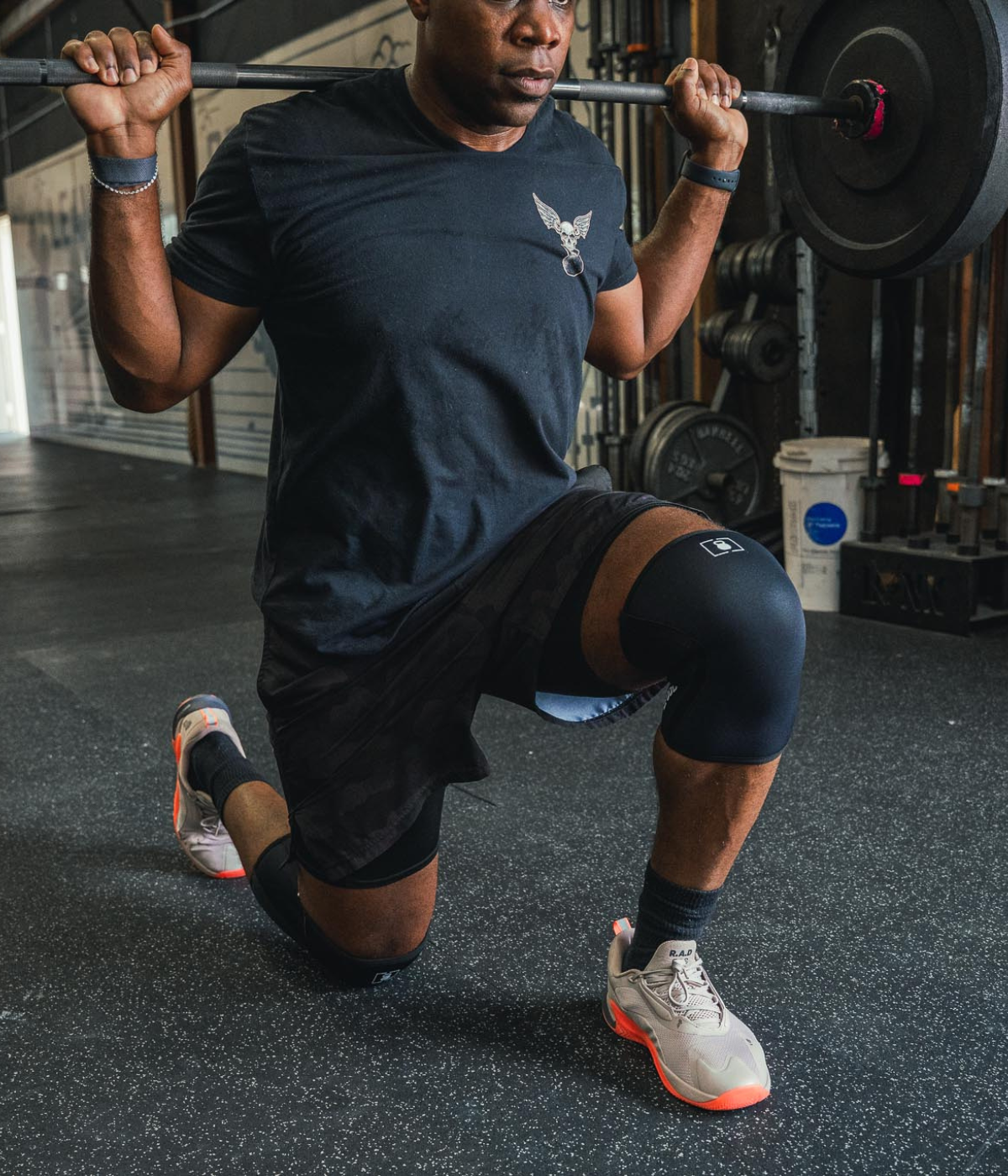
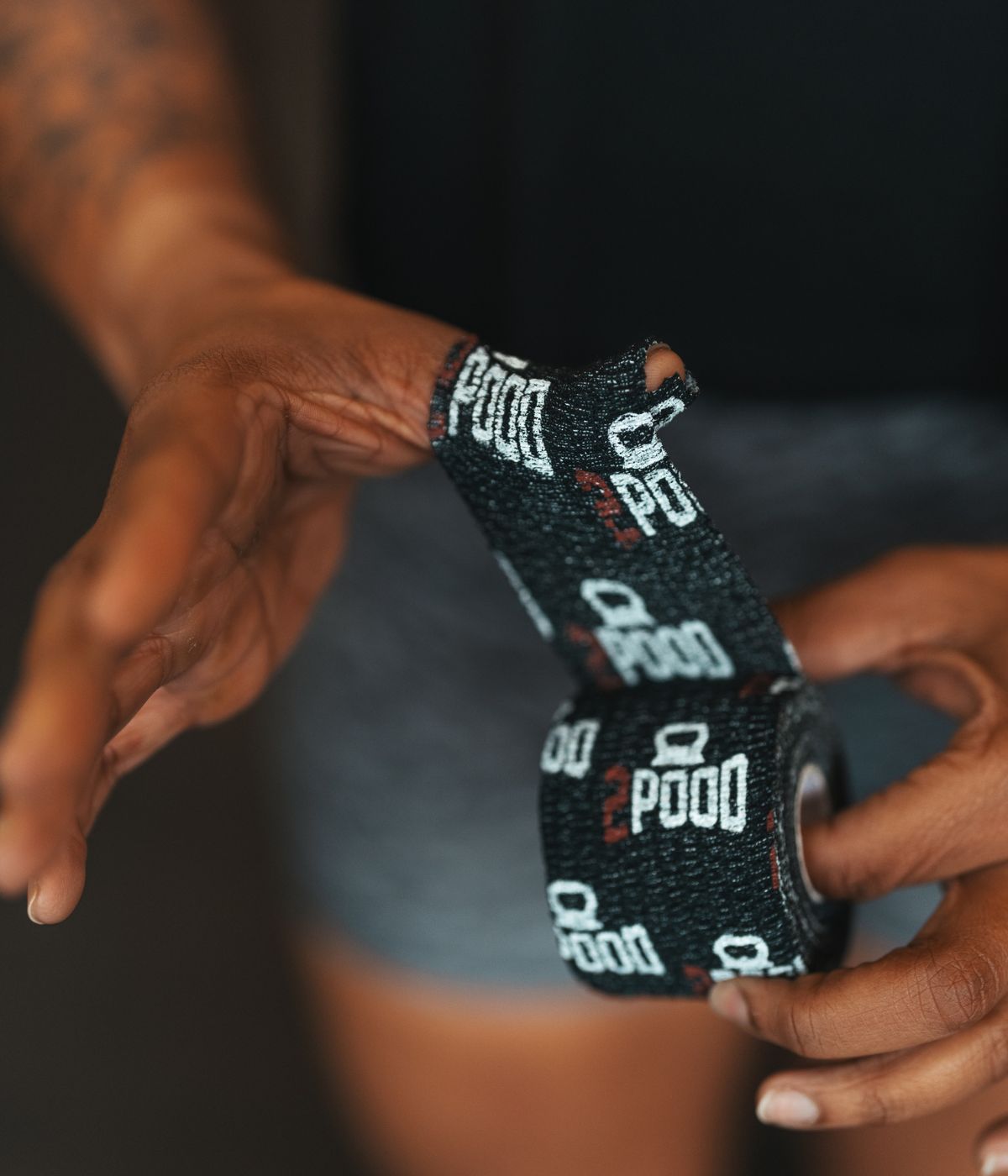
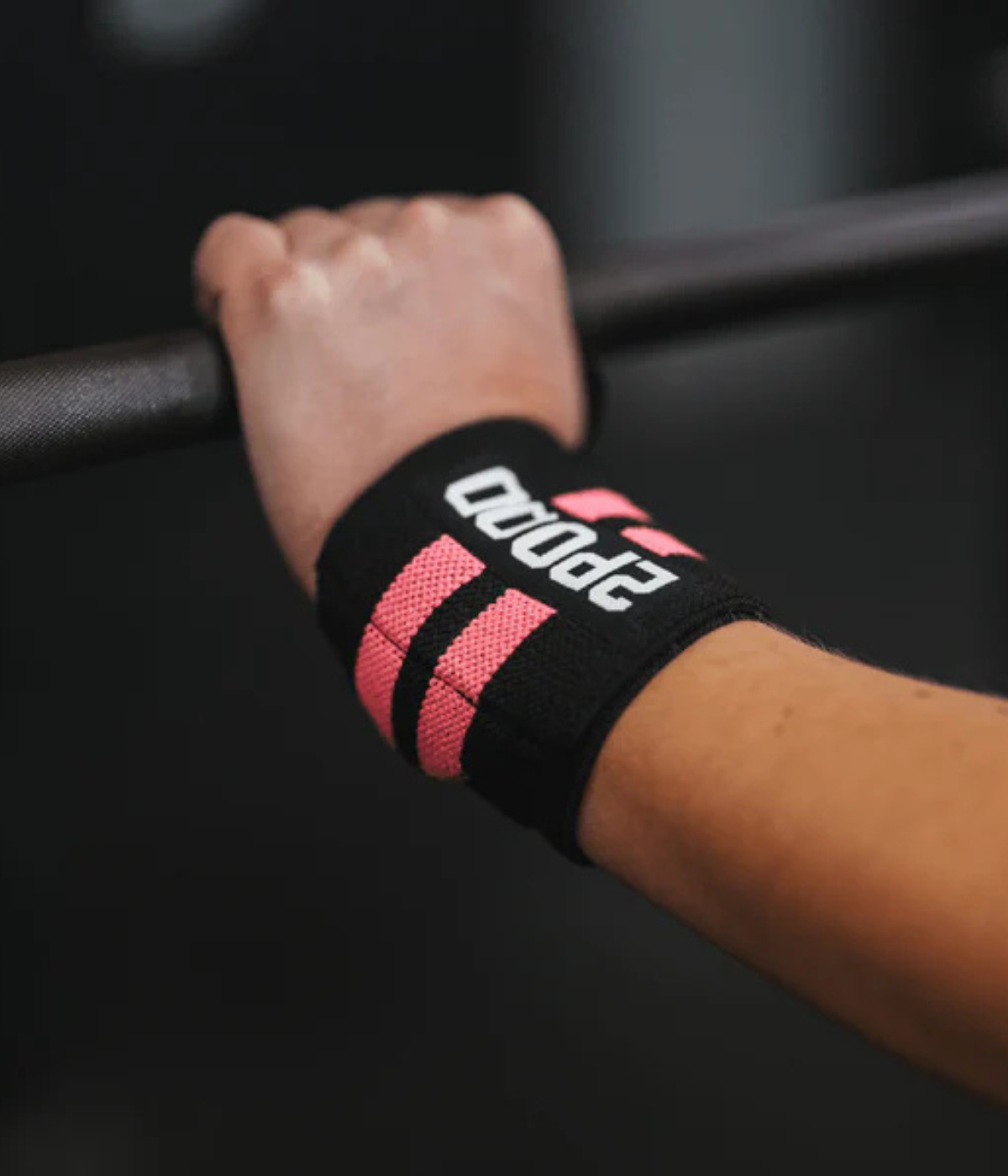
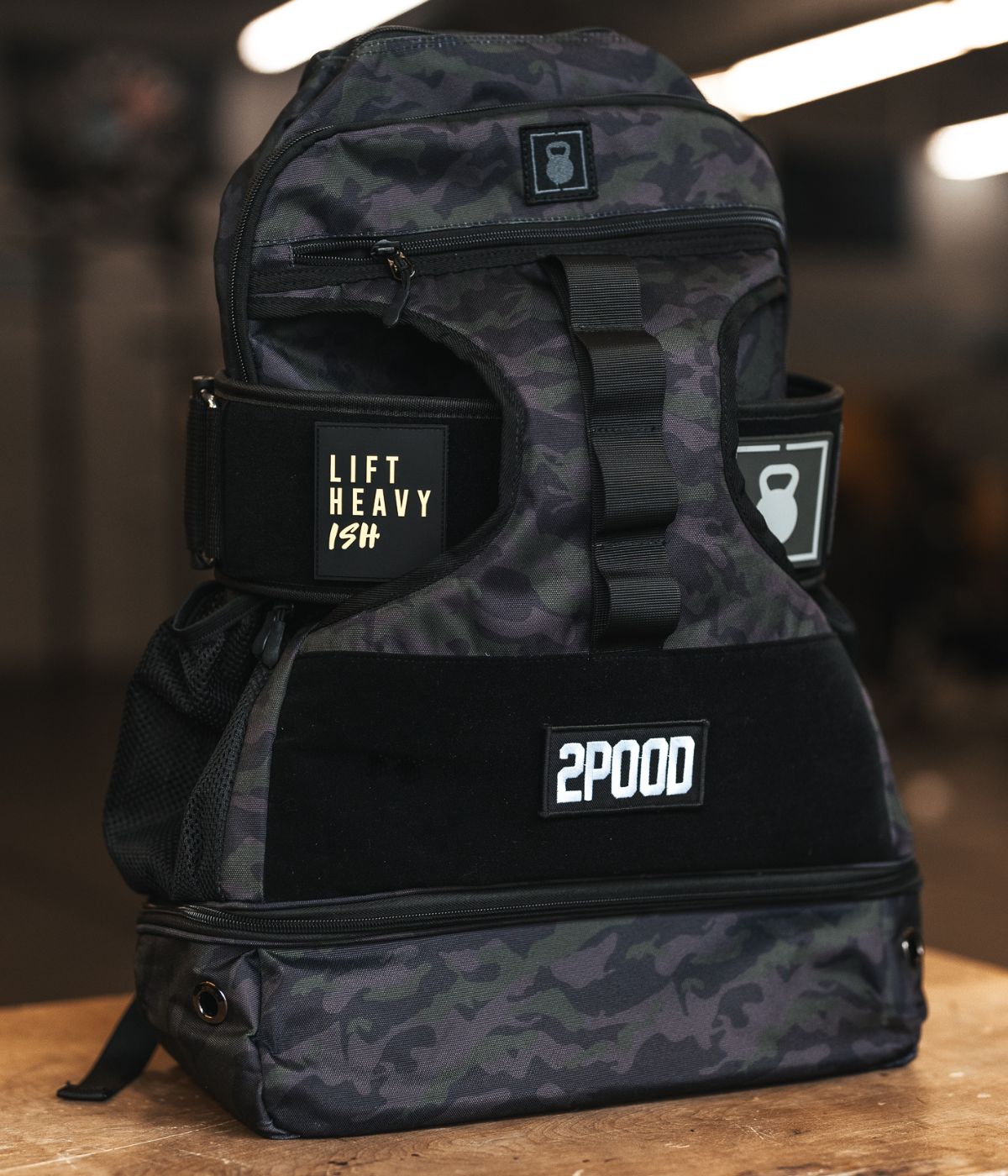
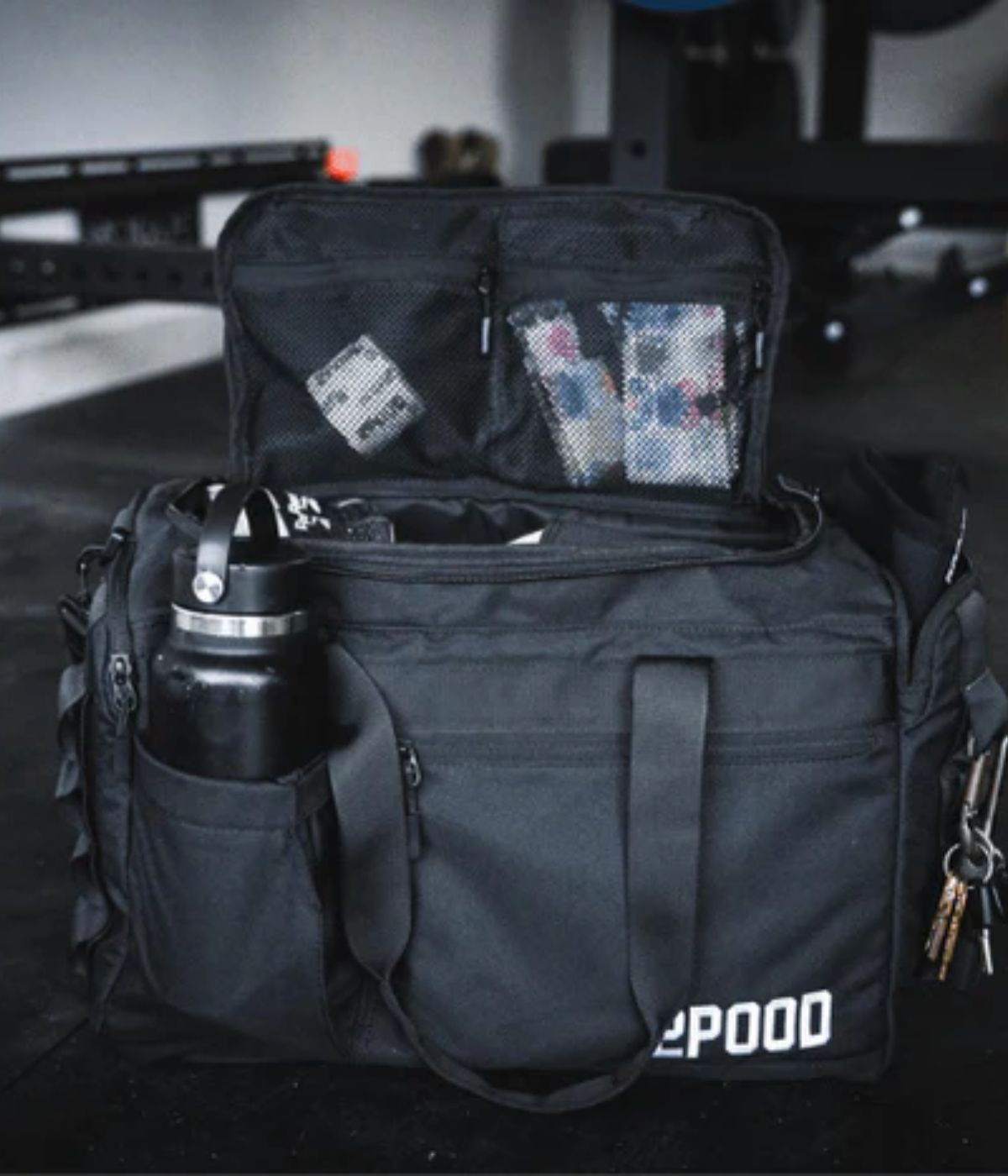
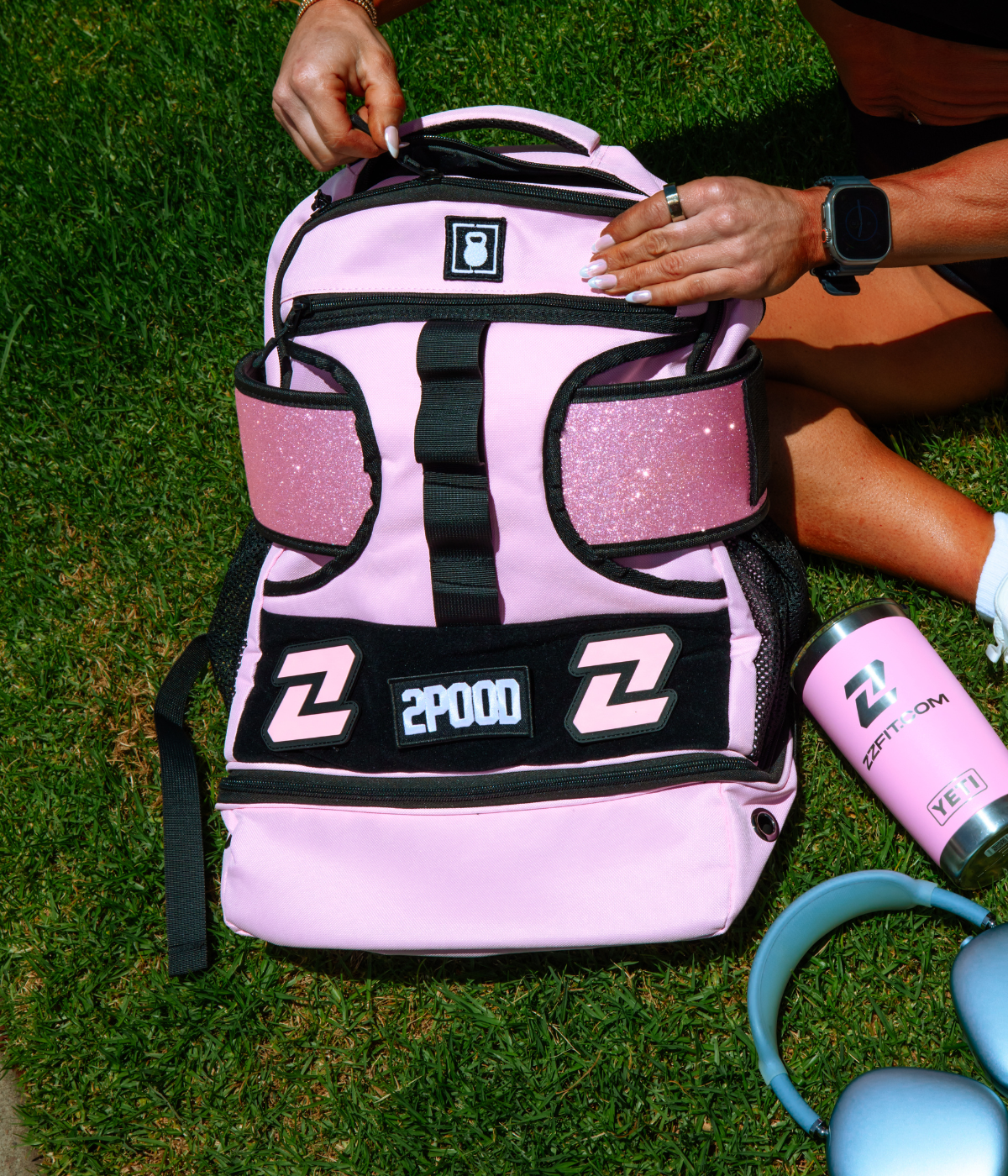

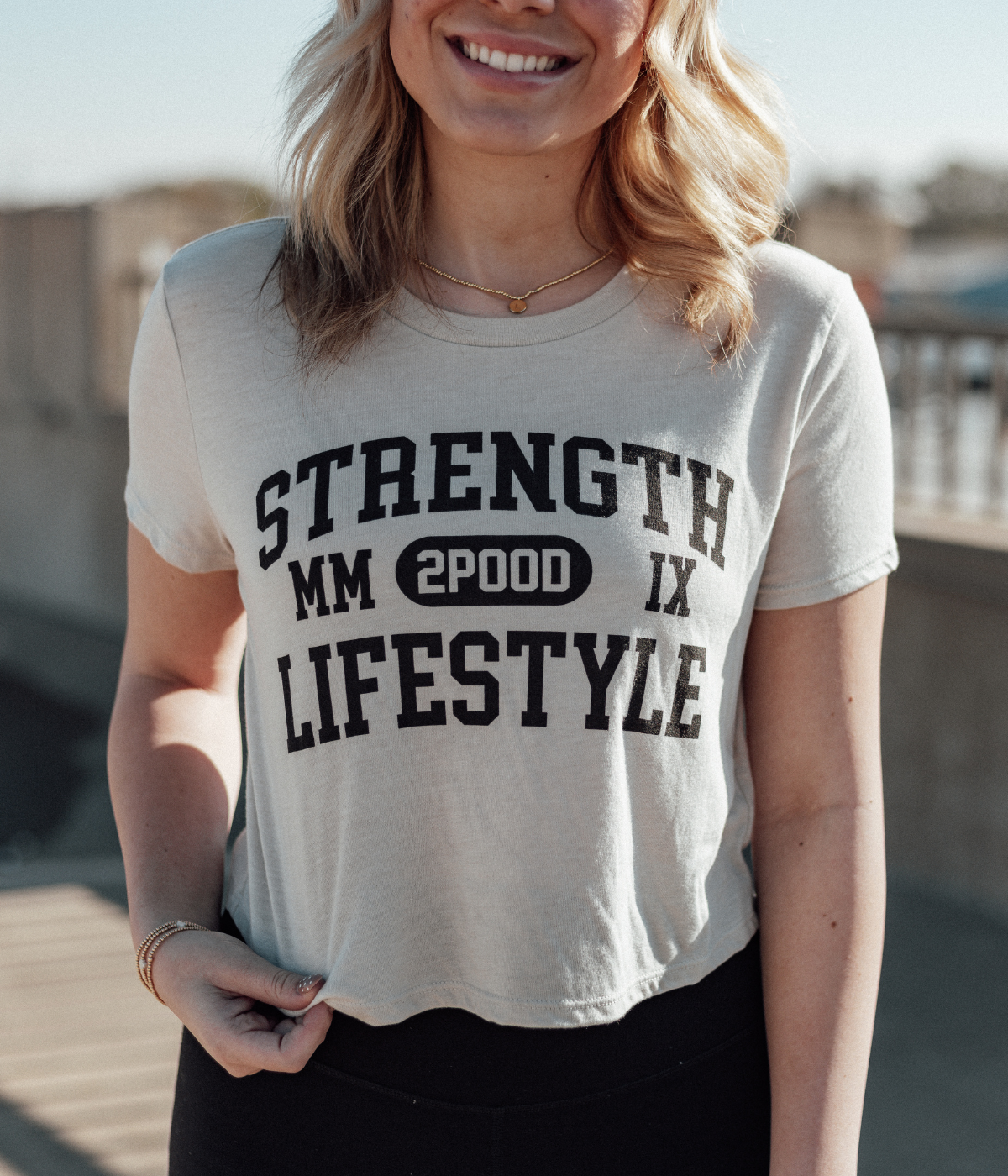
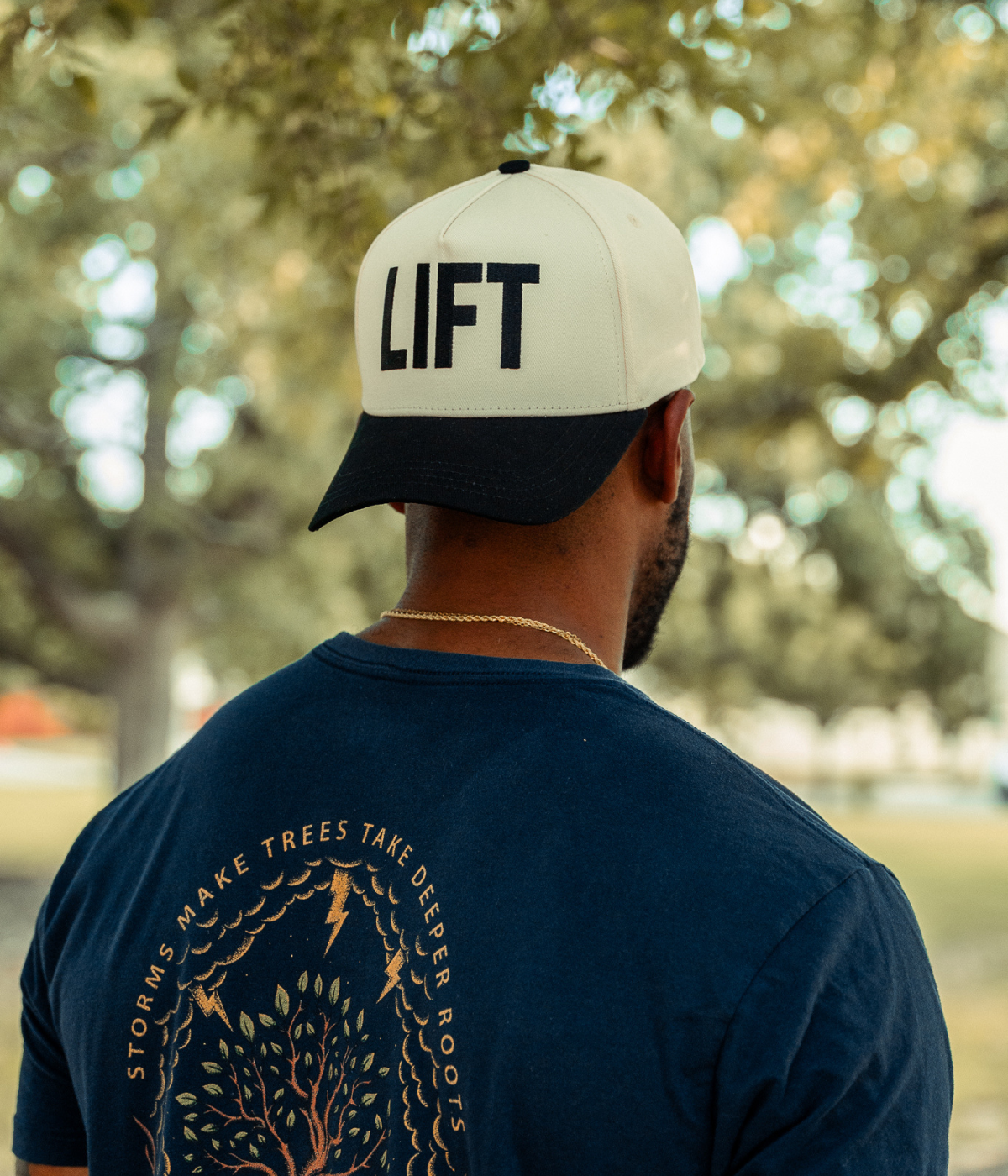
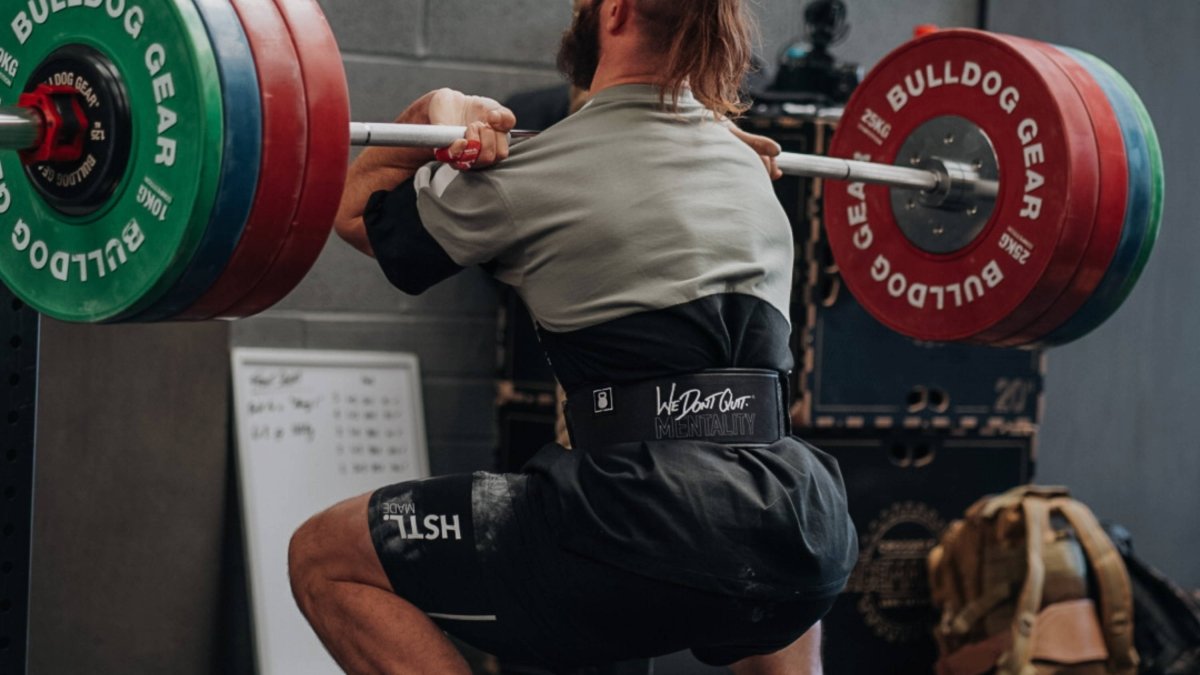
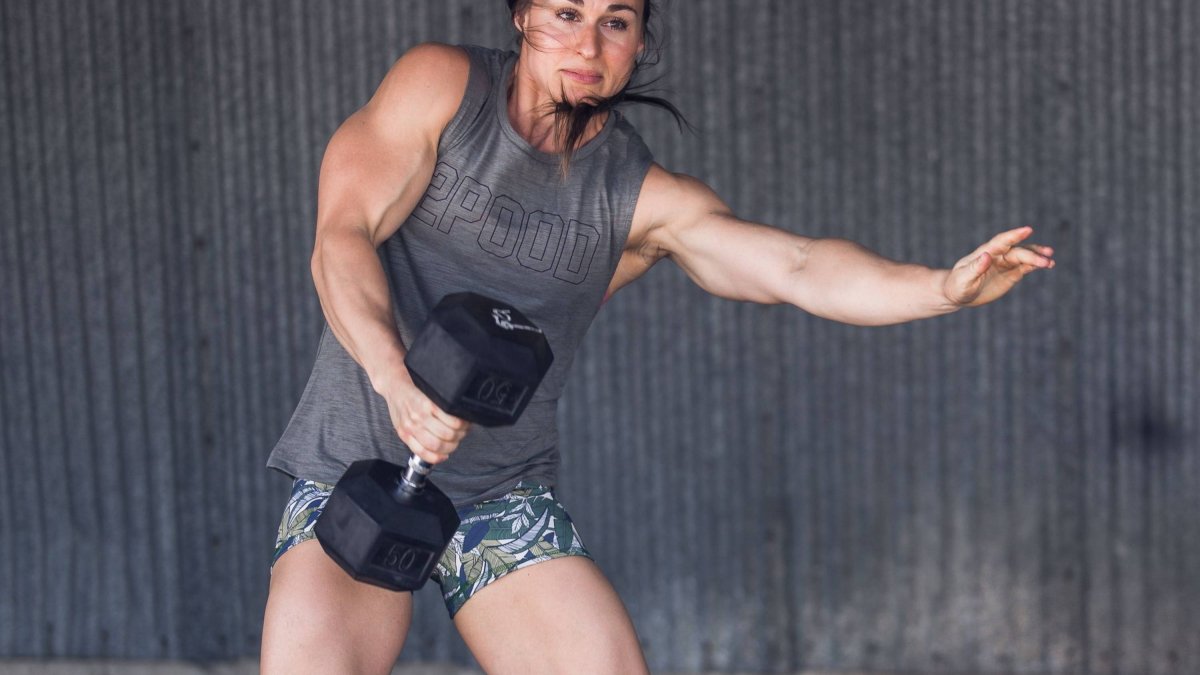

Leave a comment
All comments are moderated before being published.
This site is protected by hCaptcha and the hCaptcha Privacy Policy and Terms of Service apply.